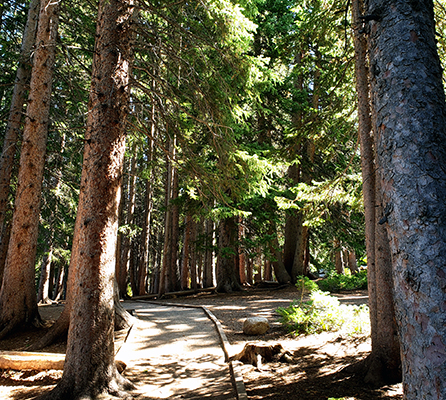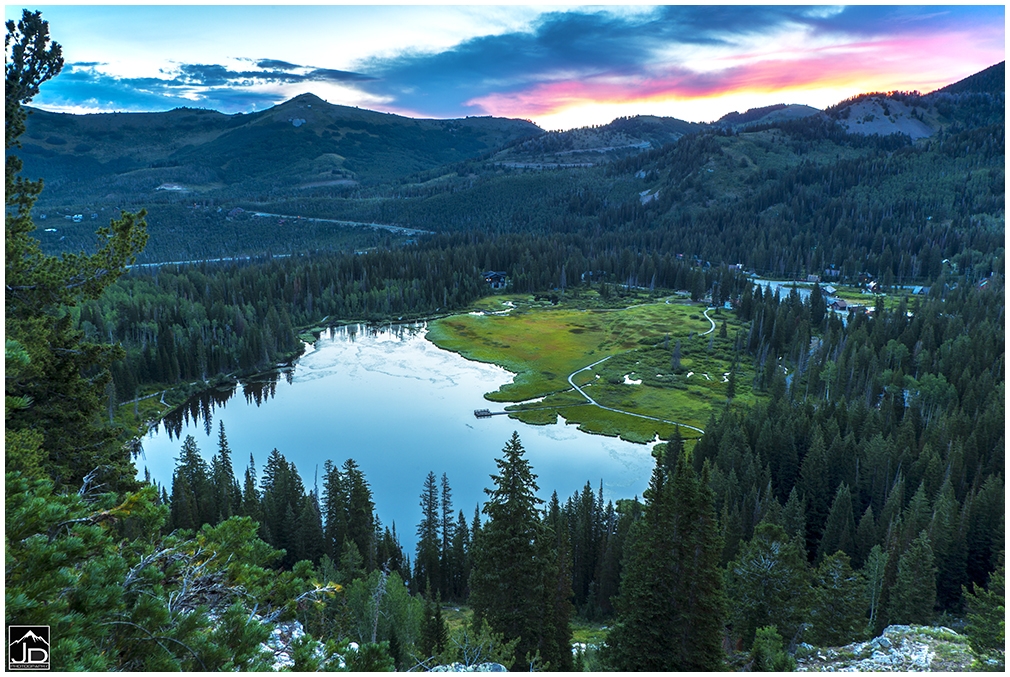Educational and Reference Resources of the Tri-Canyons
Silver Lake Plants & Animals

About Silver Lake
 In this Junior Ranger guide, you will learn more about the plants and animals of Silver Lake, located fifteen miles up Big Cottonwood Canyon near Brighton, Utah. There is a boardwalk around Silver Lake, open Memorial Day to October (weather permitting).
In this Junior Ranger guide, you will learn more about the plants and animals of Silver Lake, located fifteen miles up Big Cottonwood Canyon near Brighton, Utah. There is a boardwalk around Silver Lake, open Memorial Day to October (weather permitting).
While visiting Silver Lake, please remember that this is a protected watershed. Please do not touch the water (no wading or swimming). Also, please do not bring your domesticated pets (dogs) to the Silver Lake area. You can learn more about the natural history of the area in the article entitled Ecology on the Trail: Habitat.
GPS Coordinates: 40.6032562,-111.5842285,111
Click here to see the exact location
Map Credits: U.S. Geological Survey – National Geospatial Program
— Click to enlarge photos —
Silver Lake Animals
Moose
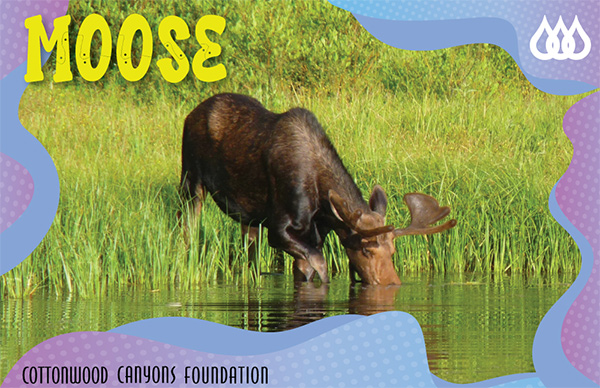
Moose are the largest member of the deer family and can weigh 800 – 1,200 pounds (350-550kg), and bulls may stand 6 feet (1,8m) tall at the shoulder. Only the bulls have antlers. Moose are herbivores that eat leaves, twigs, bark, buds, and grass. They love to swim in Silver Lake and eat aquatic plants at the bottom of the lake. Moose can live around Silver Lake year-round because they can handle walking in deep snow in the winter. Always make sure to keep a safe distance from these large animals (at least 25 yards / 20+m).
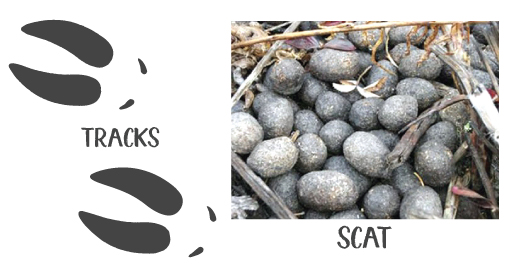
Mink
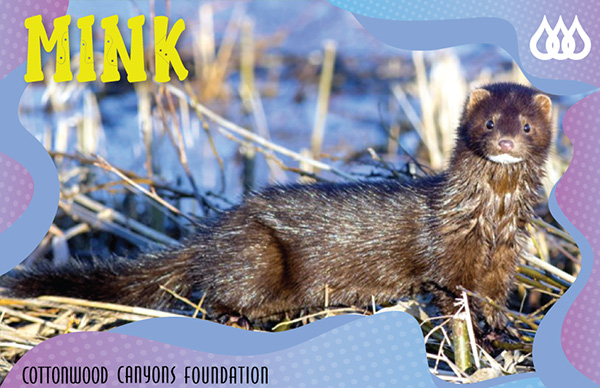
The American mink is a member of the weasel family with dark brown fur and a white patch under the chin.
Mink can be found in Alaska, Canada, and most of the United States. Adult minks are 19-29 inches (50-75cm) long and weigh a few pounds (1-2kg). They prefer to live in wetlands and riparian zones around Silver Lake. Minks are primarily carnivorous, with a diet consisting of fish, birds, insects, and other small animals.

Pika
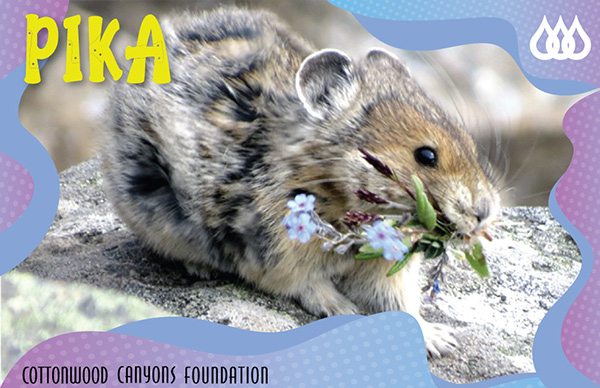
The American Pika is a small lagomorph that looks like a mouse with a shorter tail and bigger ears. They live above the tree line on rocky slopes and can be found in the boulder/talus fields on the way to Lake Solitude and the trail to Twin Lakes. Adult pika is about 6 inches (15cm) long and weigh about 6 ounces (170gr). Pikas are herbivores and eat grasses, flowers, and other vegetation. Pikas are known for being vocal, and you can often hear their chirping, singing, and screaming when in their territory.

Beaver

The North American beaver is the second largest rodent in the world, second only to the capybara in South America. Adult beavers weigh 35-65 pounds (15-30kg) and measure 3-4 feet (1-1,2m) long. Beavers are herbivores with iron in their teeth, allowing them to cut down and eat trees, woody plants, and soft vegetation. They use the trees they cut down to construct dams, lodges, and channels in the wetlands where they live, and are sometimes called “nature’s engineers”. Their lodges, which have underwater entrances, provide beavers with a safe place to sleep, raise their babies, stay warm in winter, and hide from predators.
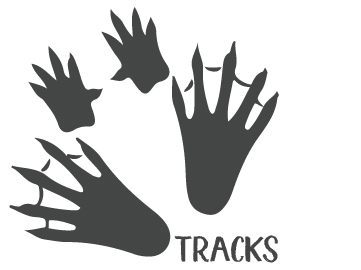
Uinta Ground Squirrel
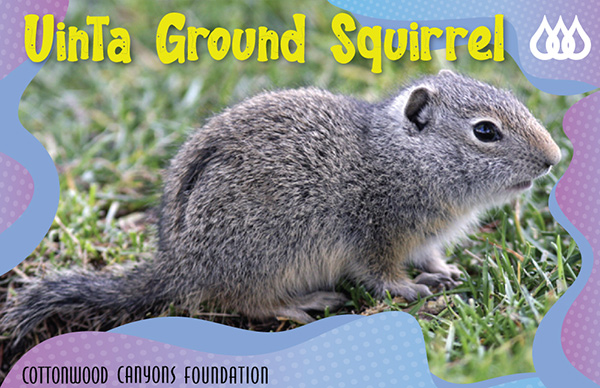
The Uinta ground squirrel is a small rodent that can be up to a foot long (30cm). They are light brown in color and have a short tail. Uinta ground squirrels are primarily herbivorous, eating green vegetation and later in the season, seeds. They gain a lot of weight in the summer, which gives them their local nickname “pot guts”. These fat reserves allow them to hibernate for up to 9 months a year. They live underground and inhabit open areas, like the meadows near spruce and fir forests.
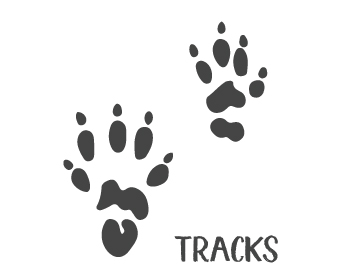
Uinta Chipmunk
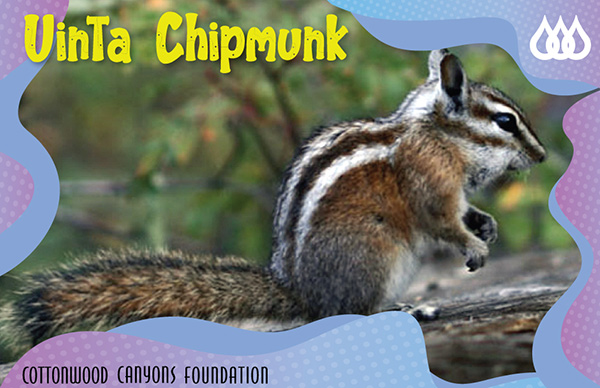
The Uinta chipmunk is a smaller rodent than our ground squirrels, and they have a longer, bushier tail. Their summer coat is usually a mix of gray, reddish brown, and white, with several stripes on the face and back. They are often found in the margins of spruce and fir forests, and in clearings. Chipmunks are omnivores and eat a variety of plants and animals, including seeds and nuts, berries, fruits, flowers, mushrooms, insects, worms, and snails.

Silver Lake Fish
Bonneville Cutthroat Trout
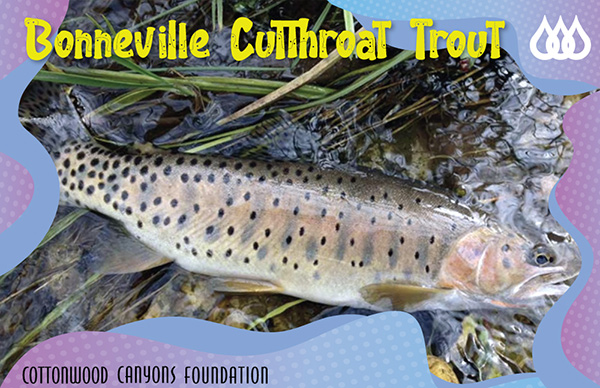
The Bonneville Cutthroat Trout is the only trout native to the Silver Lake area. This fish has sparsely scattered, very distinct round spots over its upper body. The difference between cutthroat trout and rainbow trout is that cutthroats typically have longer heads and jaws than rainbows and often can be distinguished from the rainbow by their larger spots. Bonneville Cutthroat Trout primarily eat insects, but large individuals also eat other fish. They spawn near the mouths of streams over gravel substrate in the springtime, having an incubation period of 24 to 25 days.
Rainbow Trout
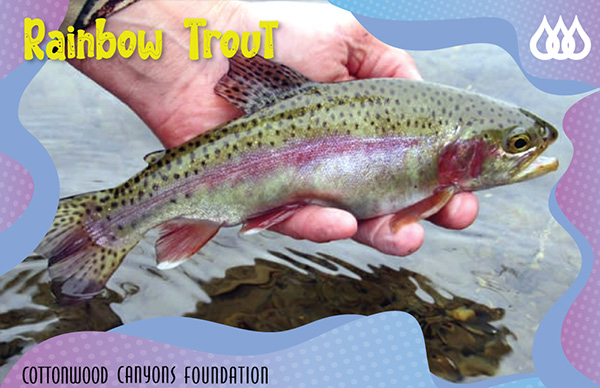
Rainbow trout are not native to Silver Lake but are released into the lake for fishing purposes. Rainbows have a bluish-green back, silver sides and belly, and black spots on their body and fins. They have a reddish stripe along their sides and a white underside. They can grow up to 8 pounds (3,5kg), but the fish typically seen at Silver Lake are up to 12 inches (30cm) in length. Rainbow trout are opportunistic eaters, consuming insects, leeches, snails, fish, frogs, and even small mammals.
Silver Lake Insects
Dragonfly
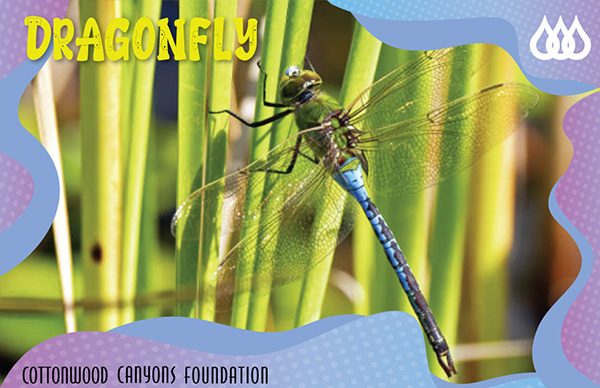
The Green Darner Dragonfly measures about three inches (7,5cm) long and is native to Utah. As an adult, the dragonfly eats flying insects and lives for four to seven weeks. However, it lives for 1-3 years in the water as a nymph, where it eats small fish and aquatic insects. Nymphs have a spring-loaded bottom lip that grabs prey and pulls it back into its mouth. Adult dragonflies have a thick body and two pairs of clear wings.
Damselfly
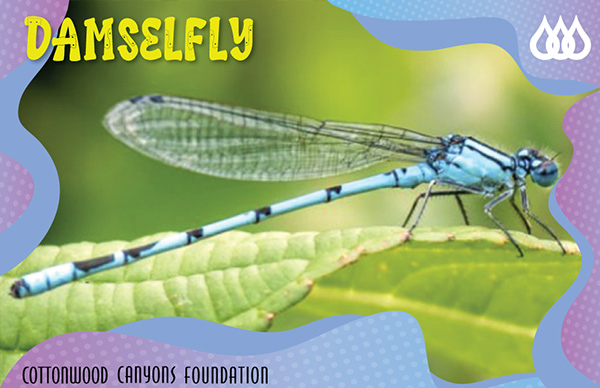
The American Bluet Damselfly is native to Silver Lake and is tiny, about 1.3 inches (3.3cm). Damselflies prey on flying insects. It lives as a nymph in the water for at least two months but up to three years. As an adult though, it lives for less than two weeks. It can be blue, orange, yellow, or green. A damselfly has a much thinner body than a dragonfly does, but both insects have two pairs of wings.
Caddisfly
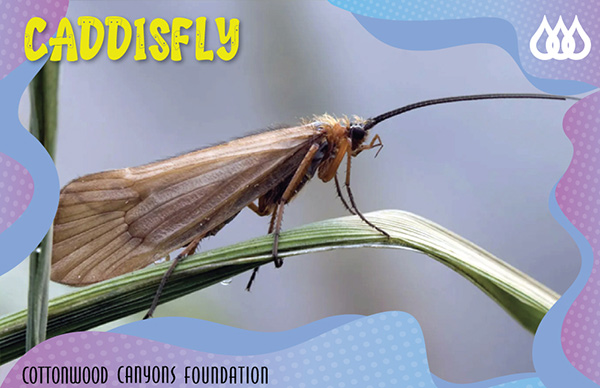
Adult caddisflies resemble moths with their wings folded back along the body. Young caddisflies have an aquatic nymph stage (up to several years) where they grow to about an inch and feed on aquatic plant matter. The adult caddisflies at Silver Lake live for only about a month and are about 1¼ inch (3cm) long. As adults, they eat mostly nectar from flowers. A single caddisfly female can lay about 800 eggs.
Silver Lake Flowers
Monkshood
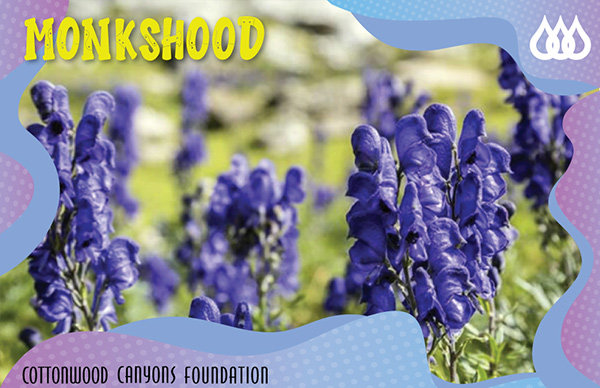
Monkshood grows around Silver Lake, usually in shady areas and moist soil. All species of monkshood are poisonous and should not be eaten. It is also known as wolfsbane. The purple or blue flowers resemble hoods that monks would wear in the Middle Ages.
Elephant’s Head
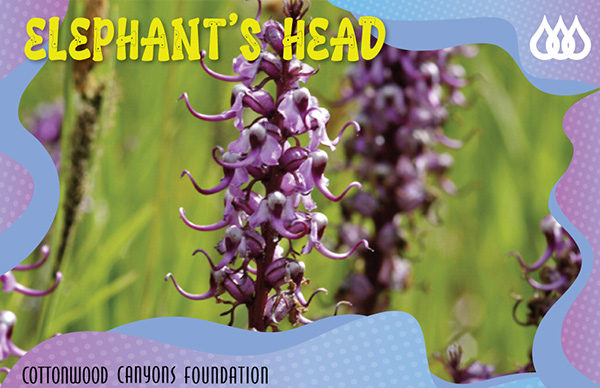
Elephant’s Head is a stiff wetland plant that can grow up to 2 feet tall. The bright pink and purple flowers resemble elephants’ heads! The striking plants flower between June and August. The leaves look similar to fern leaves. Elephant’s head prefers moist soil and grows in the bog area on the west side of Silver Lake.
Pink Pyrola
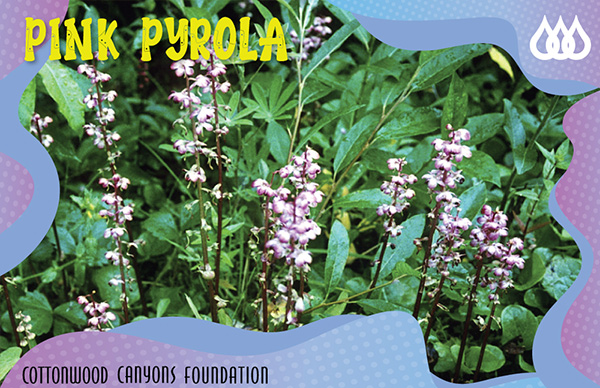
Pyrola is commonly known as Wintergreen because its leaves maintain their green color through the winter. Pink pyrola is a perennial plant that can be found in bogs, swamps, moist woodlands, and meadows. Around Silver Lake, it can grow to 15 inches tall, and its pink or pale purple flowers occur in clusters along a central stem.
Bog Orchid
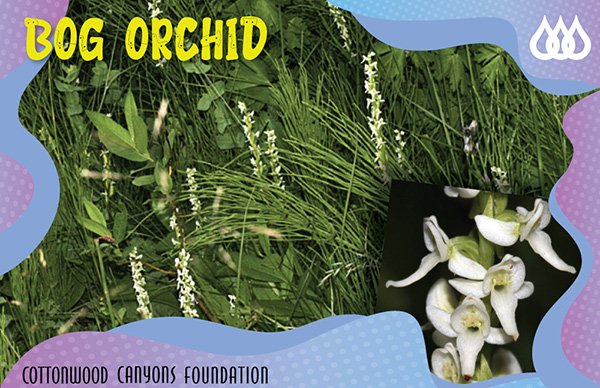
The White bog orchid grows in wet areas around Silver Lake, showcasing stark white flower clusters. It has a pleasant smell, which is why it is also called Scent Bottle. The plant can grow up to 12 inches, and it blooms from May to August.
Mountain Bluebells

Mountain bluebells grow on the moist hillside to the southwest of Silver Lake, growing up to 3 feet tall (1m approximately). The bell-shaped flowers are usually a mix of blue, pink, and light purple. Mountain bluebells flower from June to August.


